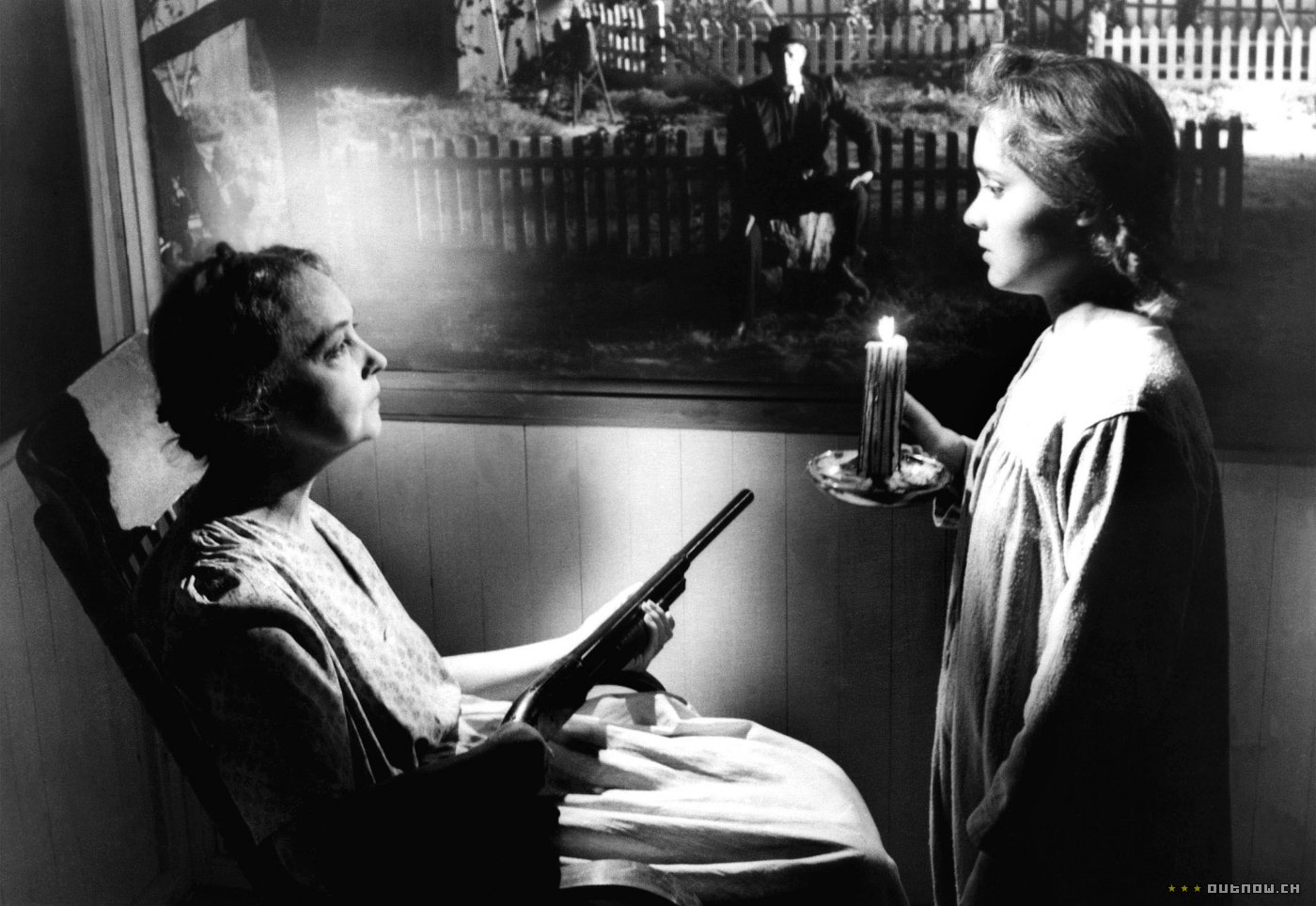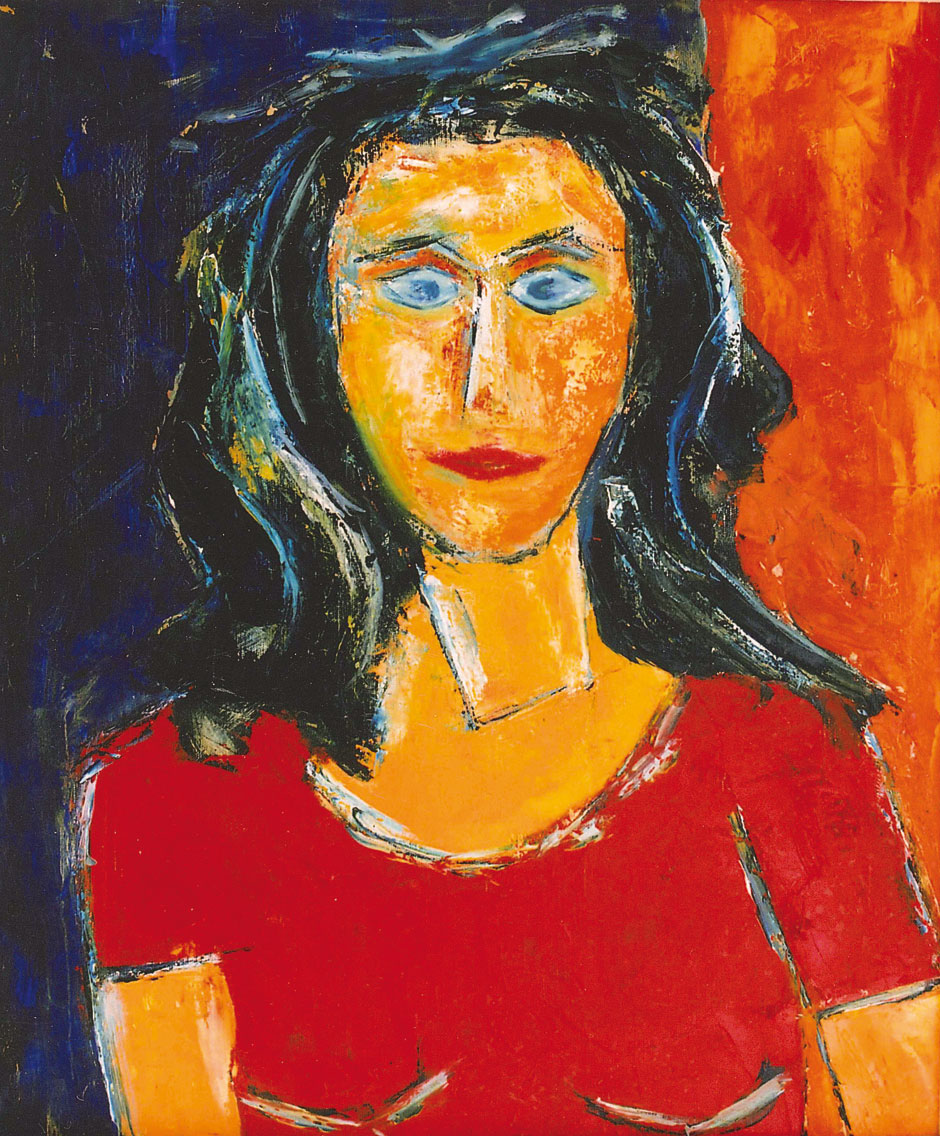CLASSIC GERMAN EXPRESSIONIST FILMS

— — — — — — — — — —
INFLUENCE ON HOLLYWOOD FILM NOIR

— — — — — — — — — —
INFLUENCE ON CONTEMPORARY CINEMA

CLASSIC GERMAN EXPRESSIONIST FILMS

— — — — — — — — — —
INFLUENCE ON HOLLYWOOD FILM NOIR

— — — — — — — — — —
INFLUENCE ON CONTEMPORARY CINEMA

Gilda (1946) Charles Vidor

The Night of the Hunter (1955) Charles Laughton

Underworld USA (1961) Samuel Fuller

The Hands Of The Oracle (1924), Robert Wiene

The Golem: How He Came into the World (1920) Paul Wegener, Carl Boese

From Morn to Midnight (1920) Karlheinz Martin
.avi_snapshot_00.13.50_%5B2014.11.04_11.50.08%5D.jpg)
Expressionism, artistic style in which the artist seeks to depict not objective reality but rather the subjective emotions and responses that objects and events arouse within a person. The artist accomplishes this aim through distortion, exaggeration, primitivism, and fantasy and through the vivid, jarring, violent, or dynamic application of formal elements
https://www.britannica.com/art/Expressionism



On the brink of financial ruin, the company was purchased in 1927 by the powerful financier Alfred Hugenberg, a future Hitler supporter who mandated that the company devote itself to films that promoted German nationalism. The company still produced such notable efforts as Der blaue Engel (1930; The Blue Angel) and Der Kongress tanzt (1931; Congress Dances) but was coerced to make National Socialist films almost exclusively when the Nazis came to power in 1933. The resulting films proved popular in Germany, but rising production costs and a shrinking international market (owing to Nazi policies) led to large deficits. The government purchased the company in 1937 and thereafter tightly controlled film content.

1. The social disruptions and economic shortages of the Weimar Republic gave rise to new techniques and styles in German film-making dubbed Expressionism.
2. Unable to afford large casts or sets, directors looked for different cinematic and production techniques to render style, character and emotion.
3. Expressionist film-makers like F. W. Murnau and Fritz Lang were also concerned with darker storylines and themes, including horror and crime.
4. Expressionist directors developed innovative techniques, such as new uses for light, contrast, camera angles and movement.
5. These directors and their innovations came to influence the wealthier and more prolific film studios in Hollywood.

Artist seek to depict not objective reality but rather the subjective emotions and responses that objects and events arouse within a person. The artist accomplishes this aim through distortion, exaggeration, primitivism, and fantasy and through the vivid, jarring, violent, or dynamic application of formal elements. In a broader sense Expressionism is one of the main currents of art in the late 19th and early 20th centuries, and its qualities of highly subjective, personal, spontaneous self-expression are typical of a wide range of modern artists and art movements.


The German film and cinema industry boomed during the 1920s. The main features of the industry were as follows: